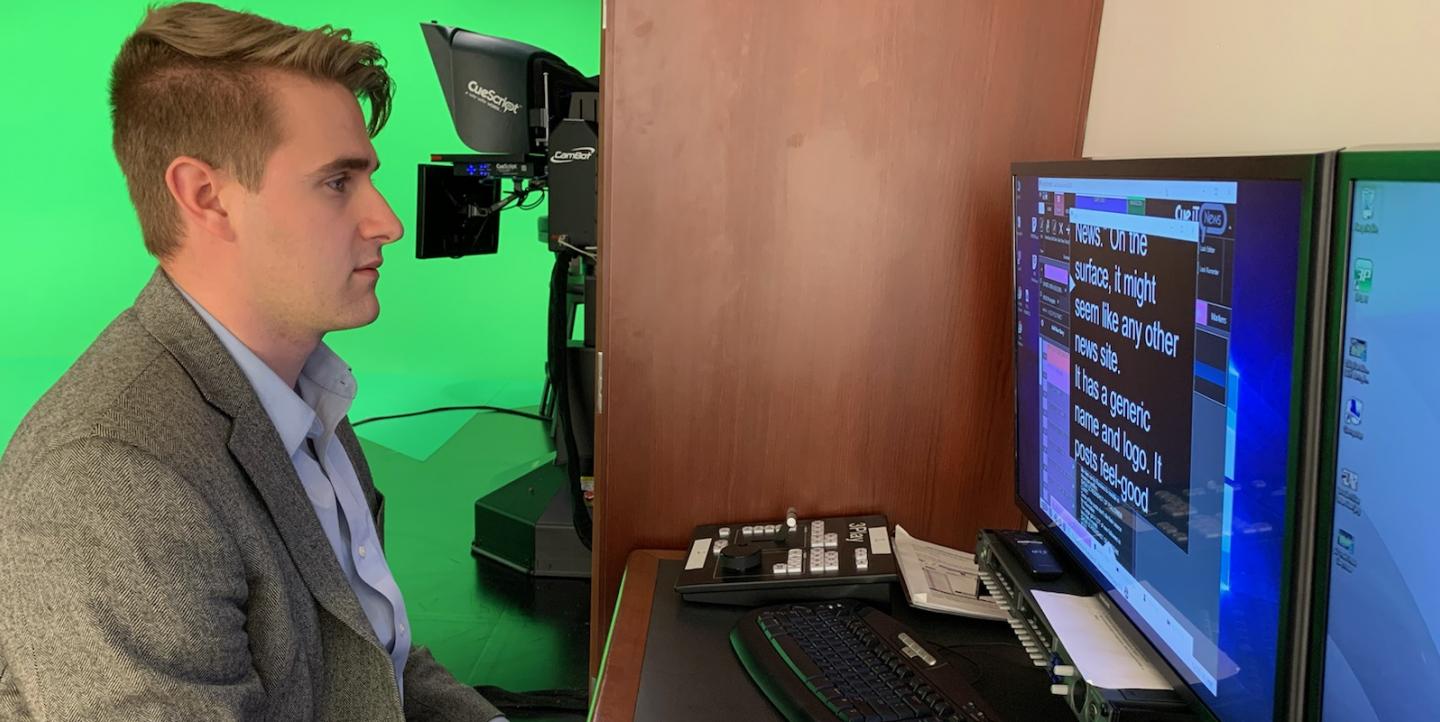As the U.S. election season begins, journalists at local news organizations should prepare for an onslaught of misinformation aimed at distorting polling results, says fact-checking expert Matt Riley.
In an interview with the International Center for Journalists (ICFJ), IJNet’s parent organization, Riley said journalists should be on the lookout for doctored photos, fake videos and false claims in political ads. He advised journalists and editors without formal fact-checking experience to take time to familiarize themselves with easy-to-use verification tools and to also be as non-partisan as possible to prevent politicians from exploiting audience fears or distrust of the media.
Riley has spent the past year as an ICFJ TruthBuzz Fellow working with media in North Carolina to counter misinformation and disinformation, and to reach the widest possible audience with fact-checks. He says journalists covering the election for local markets should sharpen their detection skills to keep up with the latest forms of misinformation.
[Read more: To reach a wider audience, expand fact-checking to broadcast news]
The following are Riley’s suggestions for journalists and newsrooms covering the 2020 U.S. election:
(1) Use visual fact-checking tools
Use simple tools like image verification search engine TinEye to identify fakes. In addition to doctored photos, Riley predicts that “deepfakes,” or videos made or altered using artificial intelligence to distort, will make their way into local news. “We aren’t seeing [this technique being used on the local level] yet but because a lot of images are being used in this election season, we can probably expect this coming up.”
(2) Monitor political ads
Beware of an increase in spending on political election ads filled with outrageous claims, especially in contentious swing states. “We're seeing more claims that we need to fact-check from political ads,” he said. “I think we're just going to be flooded with political ads in the upcoming election.” North Carolina is expected to be more of a focal point for ads this year because of highly contentious races for president, governor, U.S. Senate and congressional seats.
(3) Collaborate with other news outlets
If working in a newsroom, form alliances and partnerships with other news outlets to fact check information quicker, and reach broader and more diverse audiences. If news outlets are coordinating and pooling resources, he said, this can help slow the spread of misinformation by getting fact-checks out before misinformation goes viral on social media and does irreparable damage.
[Read more: IJNet's Collaborative Journalism Toolkit]
(4) Find the right format for your audience
Experiment with different formats to see what your audience responds to when it comes to consuming fact-checks. For example, creating a simple and easy-to-digest newsletter rounding up popular fact-checks or creating a forum for audiences to talk about misinformation can be invaluable to helping to halt misinformation and rebuild trust among skeptical audiences.
ICFJ TruthBuzz Fellows worked with media partners to find new ways to help verified facts reach the widest possible audience. Riley helped the fact-checking team at the News & Observer adopt more visual storytelling techniques, and he also helped build news partnerships with local radio and TV stations to develop innovative audio and video fact-checking content. He is currently partnering with WRAL, a local TV station in North Carolina, to customize PolitiFact’s fact checking for TV.
The fellowships are supported by Craig Newmark Philanthropies.
This article was originally published on ICFJ's website, and was republished on IJNet with permission.
Main image courtesy of Matt Riley.

